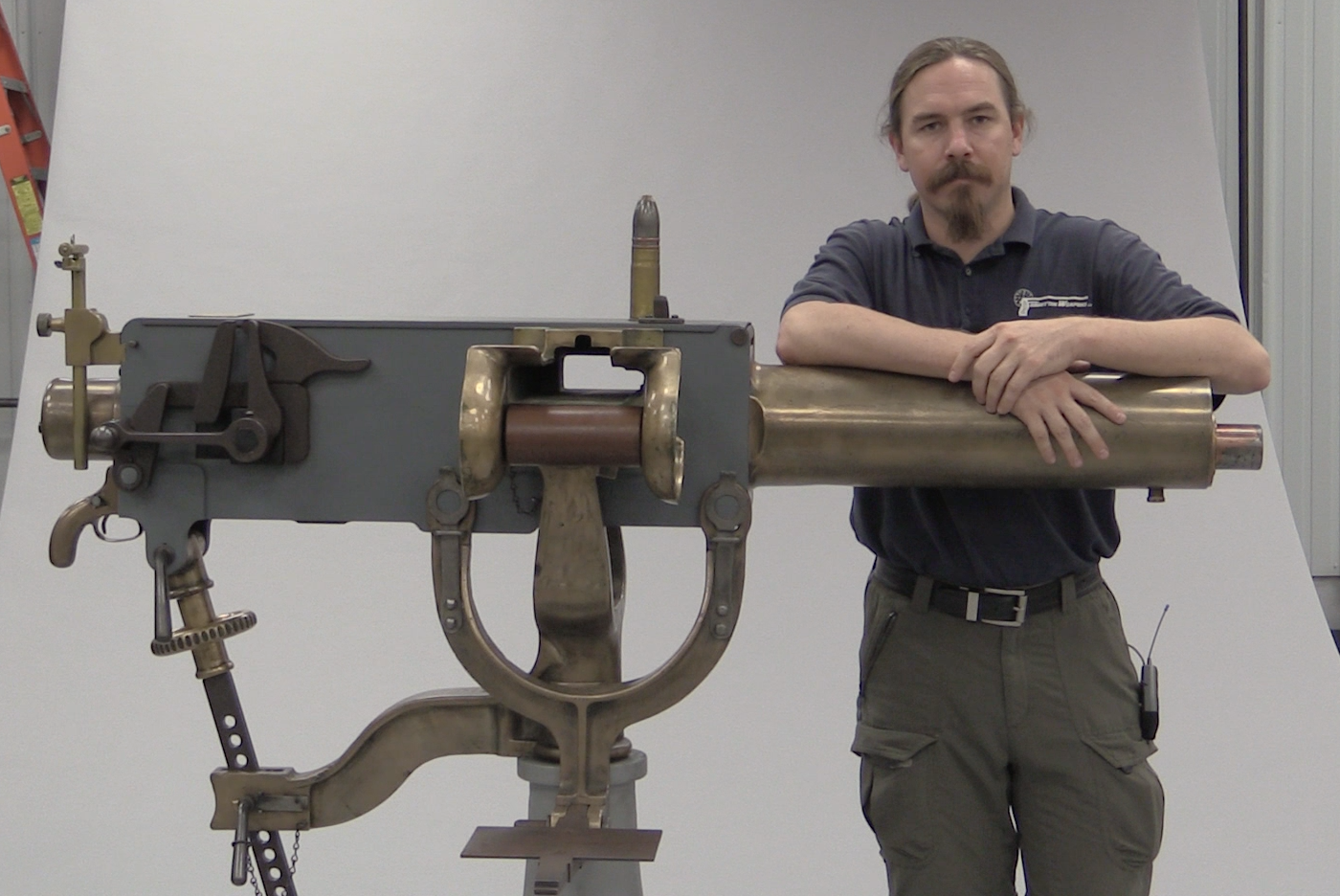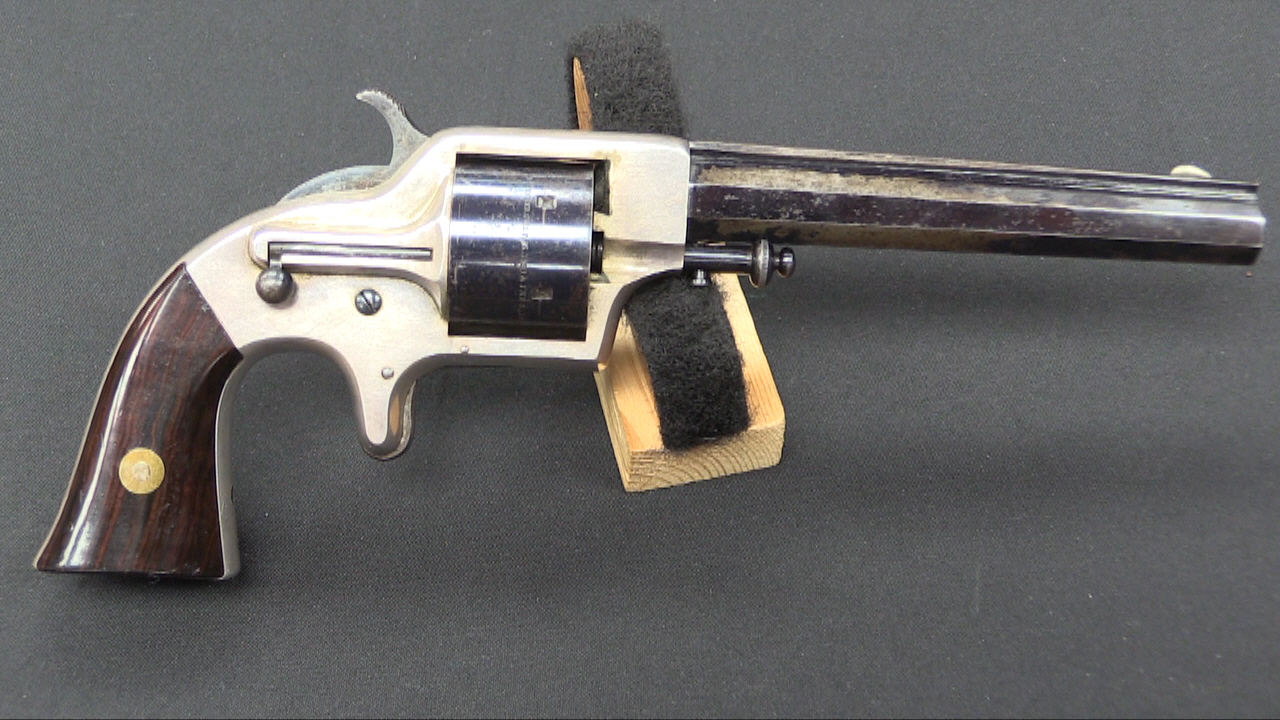Lot 3106 in the September 2020 RIA Premier auction.
I am happy that the practice of sporterizing military rifles has fallen out of favor, but sometimes one can throw the baby out with the bathwater. Before decrying a nice rifle as Bubba’s sporterization project, it’s worth making sure the gun in question isn’t actually a factory sporting rifle. This Winchester-Lee, for example, is one of about 1,700 such rifles produced commercially by Winchester. These factory spotters could often have a wide variety of options, making them potentially difficult to identify sometimes…




did I read that right? a .236 navy? Is that called by something else today, or is it just a propritary round for this gun?
Aliases: 6mm Lee Navy, 6mm U.S.N., .236 Navy, or 6×60mmSR.
The video even shows “.236 U.S.N.” stamped on the barrel.
Anyway, Ian has a number of videos on this rifle.
It’s a 6mm Bleedmoor several decades too early.
Metallurgy, propellant, projectile aerodynamics & materials weren’t quite ready.
Thankyou!
It was a “proprietary” round adopted for a very short time by the US Navy (nor only for the rifles, they had machineguns in it). Relatively soon it was un-adopted as the Navy has gone to the 30 cal (and there is a debate how much of it was the fault of the 6mm Naby itself and how much it was produced by desire to share equipment with the Army)
Interestingly, after few decades of “un-adopted” it spawned .220 Swift cartridge: https://en.wikipedia.org/wiki/.220_Swift
It is sad that there are so few factory sporting rifles today with half the elegance and style of that rifle. That stock is a work of art.
Most of the factory sporters were made from “rejects) A certain Ensign Twining was in charge of accepting the guns into service, and he was very, very picky. Winchester polished off the rejection stamp and re built them as sporters. I have one, and if you look carefully, you can see where the mark has been polished off. Finish is not quite the same.
For a rifle that’s over a century old, it’s in amazing shape. Was it ever used or has it been refinished…
Mechanically, this is a wonderful rifle.
She was killed by a stupidly designed ammunition.
Perhaps, with modern gunpowders, it will be possible to assemble a cartridge with which this rifle will shoot well.
But the very “capricious” internal ballistics of the original ammunition spoils everything.
I’ve always liked both the rifle and the round, although it’s been from a distance — I’ve never owned one. I did read that one can use modern .243 projectiles, as “236” was the minor diameter of the rifle’s barrel. It might have been better, in the era, as a 6.5. The U.S. Army considered it “too light” for adoption.
In Germany, sporterized Mauser 98 were very common hunting rifles. They were used by all the hunters who could not afford a fancy combination gun. (In fact, the huge surplus of Mauser action is, in my opinion, what drove the development of telescoping bolts such as Mauser 66 / Blaser R93, and straight pull rifles such as the Heym SR31).
Historians may be hurt, but most of the Mausers were converted by gunsmiths, and I would not consider them to be “bubba’d”, but rather a part of the Mauser history.